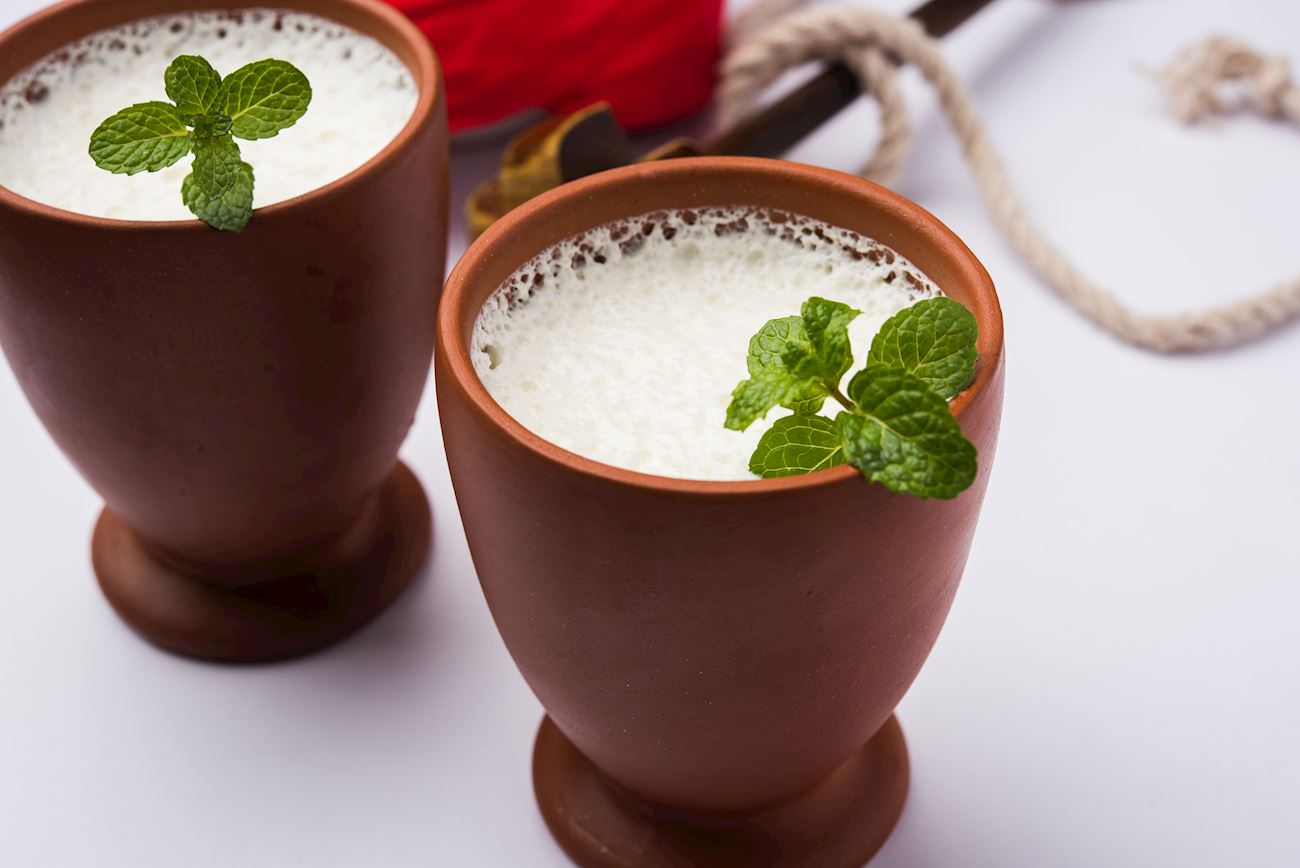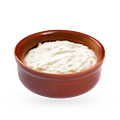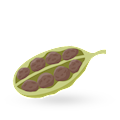Best Northern Indian Non-alcoholic Beverage Types
Mango lassi is one of the most popular lassi varieties, consisting of yogurt (dahi) and fresh mango. It commonly includes cardamom, water, and sugar. The ingredients are combined until the drink is creamy and frothy. Mango lassi should always be served well-chilled.
Among numerous types of lassis, this sweet mango version is the most common variety on the menus of Indian restaurants outside the country.
THE BEST Mango lassi Dairy Beverages
MAIN INGREDIENTS
As the name suggests, this lassi variety is sweetened. Along with sugar, it incorporates yogurt (curd) and usually some fruit or flavorings such as saffron or cardamom. Sweet lassi is often enjoyed after a meal or simply as a refreshing drink that is especially popular during warm summer days.
Lassi is traditionally prepared in clay pots. It is often topped with a dollop of thick cream (malai), and sweet varieties are commonly garnished with slivered nuts. There are many sweet lassi variations, and apart from traditional versions, mango lassi recently grew into one of the favorites.
VARIATIONS OF Meethi lassi
This traditional Indian yogurt-based drink hails from the pre-refrigeration era when Punjabi farmers mixed their milk with sugar and curd, and kept the concoction in clay pots. Lassi is often flavored with a variety of fresh herbs, different spices, fruits, and floral essences.
It is typically mixed with ice and served as an accompaniment to hot and spicy dishes, as it provides refreshment for the palate and soothes the body, especially on hot summer days. Sweet lassi is called metha lassi and it often contains ginger, mint, rosewater, cardamom, and exotic fruits like mango.
VARIATIONS OF Lassi
MAIN INGREDIENTS
Nimbu pani or shikanjvi is a type of spiced lemonade that hails from North India. It is usually prepared with freshly-squeezed lemon or lime juice, kala namak (black salt), still or soda water, and cumin, but the ingredients can significantly vary depending on the region.
Most varieties are sweetened, and the list of optional ingredients is vast and includes a wide array of additions and spices such as pepper, turmeric, jaggery, ginger, and many more. Nimbu pani is a refreshing, thirst-quenching drink that is typically enjoyed in summer.
MAIN INGREDIENTS
Thandai is a North Indian milk-based beverage that incorporates nuts, seeds, and various spices. The preparation starts with a thick paste that is usually made with a different combination of nuts and spices such as cashews, almonds, cardamom, peppercorns, poppy seeds, and fennel seeds.
The milk is combined with sugar and saffron, sometimes with the addition of rose water, before it is mixed with the nut and spice paste. The combination is then left to set before it is strained. Thandai should always be served well-chilled and typically comes garnished with slivered nuts and saffron threads.
WARNING: It should be noted that bhang lassi is a potent beverage and that there are several claims that its consumption can lead to psychosis and hallucinations, or cause psychosis-like symptoms. It is highly recommended to purchase it only from licensed shops. Bhang lassi is a variety that is laced with cannabis.
It is a traditional drink prepared by crushing cannabis plant into a paste (bhang) that is then combined with dahi and usually spices and nuts. Bhang lassi comes in many variations, and it became especially popular during the 1970s. It is traditionally associated with Rajasthan and Uttar Pradesh.
MAIN INGREDIENTS
Noon chai is a tea-based beverage that has its origins in Kashmir. It is made with green tea that is brewed and then mixed with a pinch of salt, baking soda, and optionally milk. Although it is not traditional, sugar can be used as a sweetener.
This tea is distinguished for its pink hue—which is achieved with the addition of baking soda, and apart from the basic ingredients, it can also incorporate crushed nuts, herbs, or dried fruit. Noon chai is popular in many other regions that have a large Kashmir population.
MAIN INGREDIENTS
Mint lassi is a refreshing lassi variety flavored with fresh mint. It is usually prepared as a savory (salted) lassi, and in its basic form, it combines yogurt, salt, and a handful of fresh mint leaves. Optionally, it can include other herbs like cilantro or spices such as cumin or black pepper.
Mint lassi is a refreshing and thirst-quenching drink, always served well-chilled and often paired with spicy dishes. It can be served with ice and garnished with chopped mint leaves. Occasionally, it is made with sugar, falling into the category of sweet lassi.
Cultivated and grown at the foot of the Himalayas for hundreds of years, in small family-owned tea gardens at the border between India, Kashmir and China where it seems time has stopped, the famous Kangra tea is either green or black tea produced in relatively small amounts and used mainly in blends, very often for the so-called Kashmiri chai.
While Kangra green tea is light and fresh, with a touch of earthiness and nuts, Kangra black tea from the early spring harvest produces a bright, tangy cup and is somewhat reminiscent of first flush Darjeeling. Kangra teas taste fragrant and fresh with hints of earthiness, a little bitterness and an intense, long-lasting finish.
TasteAtlas food rankings are based on the ratings of the TasteAtlas audience, with a series of mechanisms that recognize real users and that ignore bot, nationalist or local patriotic ratings, and give additional value to the ratings of users that the system recognizes as knowledgeable. TasteAtlas Rankings should not be seen as the final global conclusion about food. Their purpose is to promote excellent local foods, instill pride in traditional dishes, and arouse curiosity about dishes you haven’t tried.








